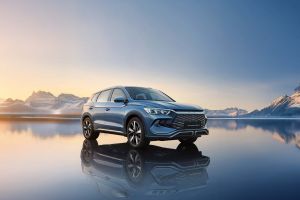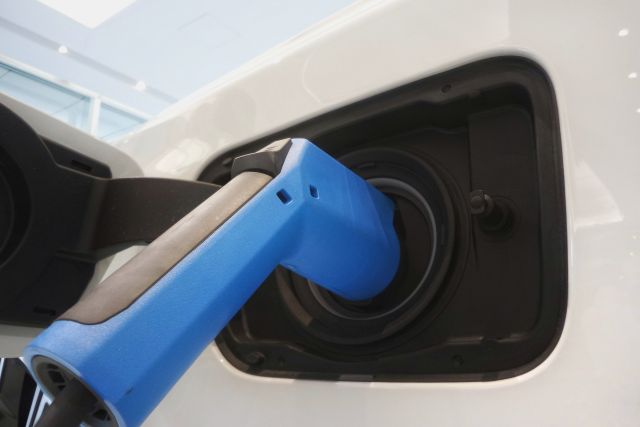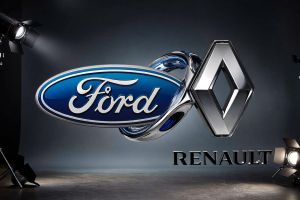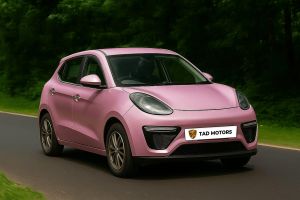
BYD brings affordable PHEV SUV to the market
BYD has added another model to its line-up in South Africa. This time it is the Sealion 5, which slots in below the larger Sealine 6, which is also available locally.
- Product News
- 15 December 2025
On 20 February, naamsa, the automotive business council released its much-anticipated thought leadership discussion document on New Energy Vehicles [NEVs] for South Africa.

The Thought Leadership Document has found that consumers are becoming smarter and technologically more educated and are demanding newer technology vehicles at a modest price. However, despite lower running costs, the high upfront purchasing cost of NEVs [linked to higher production costs, mainly related to battery production] has been the main inhibitor to increased NEV uptake in South Africa. This is exacerbated by the effects of value-added tax [VAT]; the ad valorem excise duty based on a sliding scale up to 30%, and the import tariff; limited product availability; and awareness issues emanating from range anxiety, security of electricity supply and a limited understanding of the technology.
The fundamental challenge to NEV market growth in South Africa is the uncompetitive pricing of NEVs relative to ICE vehicles. The average international pricing gap for NEV models relative to their ICE equivalents is 12% for hybrids, 43% for plug-in hybrids, and 52% for battery electric vehicles. Owing to their high upfront cost, NEVs are furthermore penalised by the high interest rate associated with vehicle finance in South Africa.
Should the South African market be forced to transition to NEV consumption without any form of incentivisation and these price differentials were forced to be borne by the consumer, the domestic vehicle market would contract substantially, massively damaging the South African automotive industry.
Given the price sensitivity of the South African market, as exhibited by its price elasticity profile and the substantial levels of subsidisation required to equilibrate NEV and ICE vehicle pricing, the most appropriate incentive model to support the transition to NEV consumption in the South African automotive market appears to be the provision of a direct, fixed NEV purchase subsidy. The value of the subsidy will be determined by the type of NEV being subsidised. An incentive of this kind would optimise support for entry-level NEVs, with less benefit for more expensive NEVs. If the South African vehicle market were to transition to NEV sales equal to 20% of the total market in 2025, 40% in 2030 and 60% in 2035, the profile of NEVs sold would likely shift quite dramatically over the period. Hybrids would likely dominate in the period to 2025 [10% of the 20% total], with plug-in hybrids and battery electric vehicles ending the period in a similar market position [5% each].
The transition to eco-friendly vehicles via government regulation, the pricing of carbon in the form of a tax on ICE vehicles, government-provided consumer incentive schemes, the availability of charging infrastructure, and an even stronger environmental consciousness among society in the EU are to a large extent driving developments in the domestic automotive industry.
Commenting on the document, naamsa CEO, Mikel Mabasa, said that the automotive industry understood and appreciated that the introduction of NEVs is not just about replacing the traditional internal combustion engines with new technologies but also about the important role the auto industry plays in decarbonising road transport in achieving carbon neutrality by 2050.
“The global transition towards NEVs is a critical step to secure the future of the automotive industry in South Africa. Our rapid adoption of newer technologies is critical for the domestic automotive industry’s long-term success and growth. The only way to have a successful automotive manufacturing base is to keep up with technological developments,” said Mabasa.
Mabasa lamented the slow rate at which South Africa was finalising its governance and policy transformation priorities. “We need to urgently enhance existing auto policies to facilitate a high-yielding business environment, including developing an attractive fiscal and regulatory framework that makes South Africa a highly competitive and compelling location for NEV production,” Mabasa said.
Reflecting on the NEV performance, sales showed a significant year-on-year increase of 431.7% from 896 units in 2021 to 4,764 units in 2022 but it’s still negligible as a percentage of total new vehicle sales.

According to a Reuters report, Ford and Renault have agreed to work together on a new generation of compact, lower-priced electric cars for Europe, while also expanding cooperation on commercial vans, as both manufacturers seek to defend their market positions against increasingly aggressive Chinese rivals.

As South Africa forges ahead in the automotive landscape, a notable divide has emerged in the growing realm of new-energy vehicles.

Kenya’s automotive industry recently made headlines when Tad Motors unveiled its first range of locally assembled electric vehicles (EVs), igniting discussions across Africa about the continent’s growing capacity for indigenous mobility solutions.